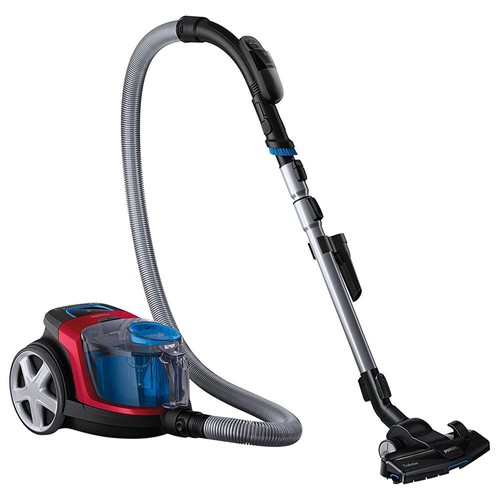There’s also numerous other, secondary requirements that influence cleaning ability that we’ll also examine. These include purification, cleaning resources (agitation), volume, quality, sound, functions and cost.
In order to make sense of that we first require to comprehend the basic principles of what sort of vacuum cleaner works. All cleaner products run based on air flowing from the starting at the washing head or tool, through the vacuum cleaner and the case and/or filtration program and then out the fatigue port. That airflow is produced by the cleaner engine, which also may be called the suction motor.
The machine engine includes electrical parts mounted on a lover or numerous fans. When the supporters spin, an incomplete vacuum is established and the pressure inside the vacuum lowers below the surrounding (or existing) air force in the room. Because air force is higher outside the vacuum than inside, air rushes through the machine cleaner. So, it is easy to see that the machine generator is the center of a machine cleaner. All things considered, the stronger the engine, the higher the stress differential and which means more suction and circulation, correct? And it is because of this that all of the specifications you see regarding cleaning power relate often right or indirectly to the motor. But here is wherever it gets tricky. Requirements for parts such as the engine do definitely not relate with the performance of the entire hoover, and thus are just a part of the story.
The feedback energy of the vacuum generator is measured in watts. Even though that specification does not consider the performance of the engine, the amount of fans or the general vacuum design, generator wattage is a legitimate way to assess and compare the ability of the motor. While the perfect contrast is generator feedback power in n of Solution A compared to motor feedback power in watts of Item N, some makers don’t offer engine insight energy specifications in the proper execution of t but rather rate the entire hoover in amps. This can make it hard to assess across brands.
Evaluating models scored in amplifiers with these ranked in n is no precise comparison since producers which can be using watt rankings an average of rate the engine just while amperage scores utilize the overall electrical consumption of the hoover including the motor in the energy nozzle (the motorized revolving brush cleaning head), lamp, etc. Which means a Power Team (a container hoover with an electrical nozzle) with a specification of 12 amplifiers might be very similar to some other Energy Staff with a 1200-watt generator that converts to only 10 amps قیمت جاروبرقی ایرانی.
This is because the energy nozzle motor consumes 1.5 amps, the light uses additional amperage and therefore on. Therefore, if we deduct the amperage used by the power nozzle motor from our 12 amp equipment, we develop 10.5 amps for the motor and mild bulb. In that example, both engines both have ratings of really near to 10 amplifiers, and therefore, equivalent engine feedback power. Thus, it is best to sometimes assess motor insight power in n of equally products or when you yourself have to assess a device rated in w with one ranked in amplifiers, try to obtain the amperage ranking of the generator just rather than the whole machine cleaner. You can then convert that to w and have a significant comparison.
An extremely common hoover specification is amps. The amperage status designates the maximum amount of electric recent used by all the vacuum cleaner’s electrical parts when operating. The greatest consumer of electric recent could be the vacuum motor, but the amperage rating involves all the electric parts, including the machine generator, the ability nozzle motor, the light bulb, etc.
While amperage refers to energy usage and perhaps not energy or washing power by itself, it can be utilized to examine the input power of one vacuum cleaner to another. This is because while feedback energy is measured in watts, amps are became w by multiplying by volts. Because volts are continuous at 120, amps represent a legitimate contrast of generator feedback power. Again, as stated above, when coming up with that contrast, decide to try to get the amp standing of the engine just as opposed to the entire machine.
